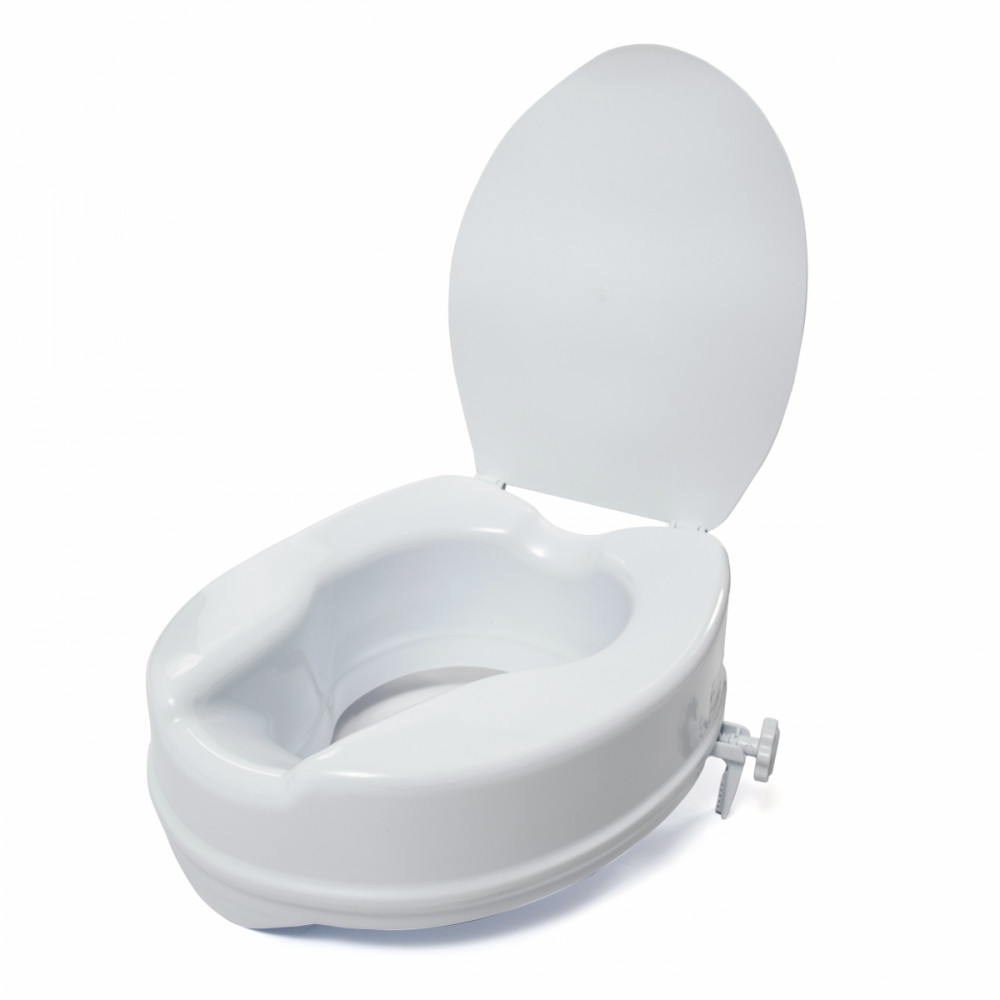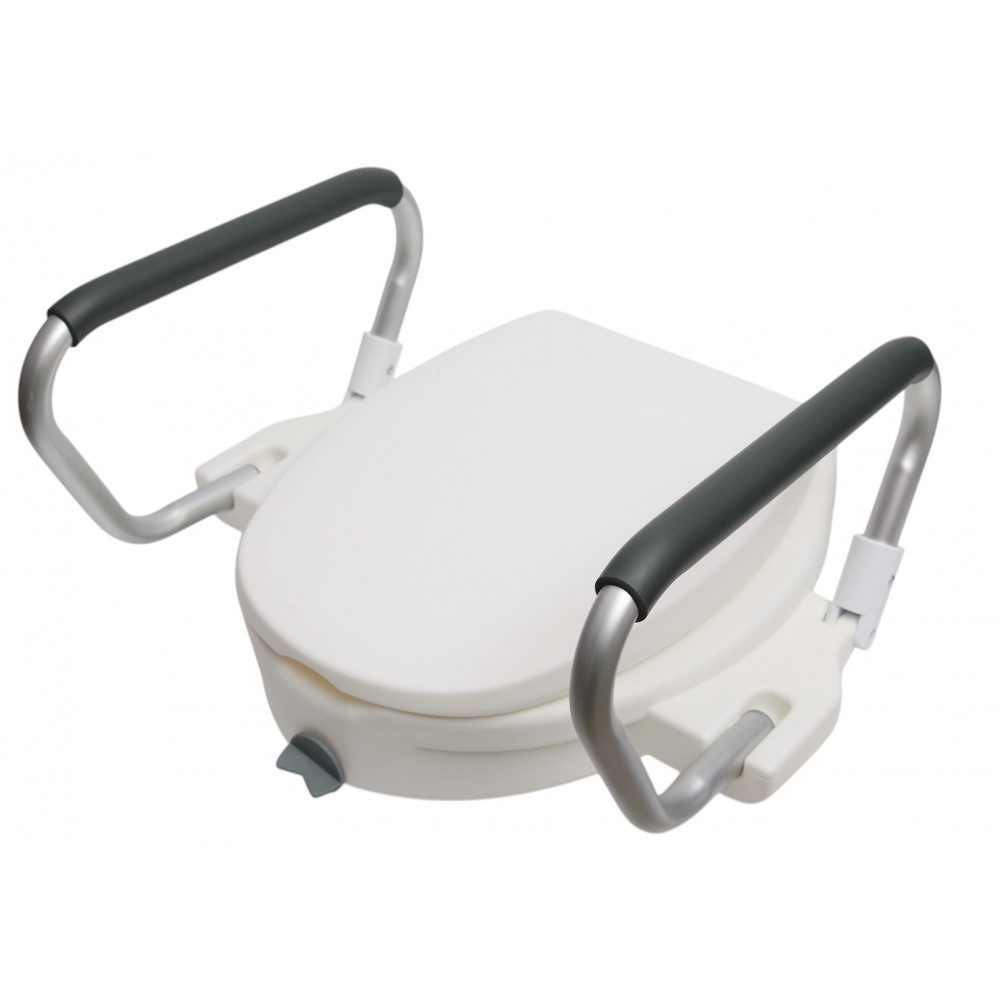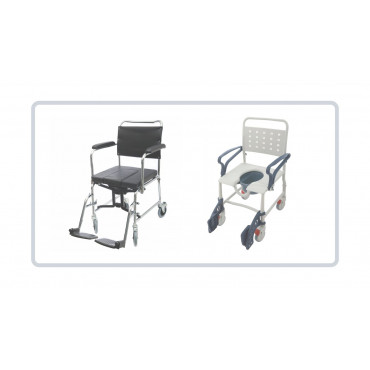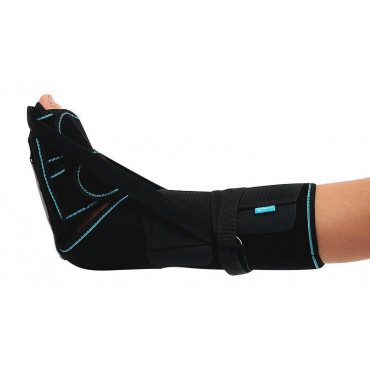When choosing rehabilitation products, it’s very important to find the one that meets your individual needs — not only in terms of functionality and purpose but also according to your specific physical requirements. That’s why in our medical equipment online store MED1, we always recommend consulting with a manager before making a purchase — to ensure you get a product that truly satisfies all your needs.
Today, we offer a review of 3 raised toilet seats after hip replacement surgery that are among the most frequently purchased in our store.
What Is Hip Replacement Surgery?
Hip replacement (endoprosthetics) is a surgical procedure in which a damaged or worn-out joint is replaced with an artificial implant (endoprosthesis). It is most often performed in cases of coxarthrosis, injuries, deformities, or severe degenerative changes when conservative treatments are no longer effective.
Modern surgical techniques use minimally invasive approaches, optimized anesthesia, and precise planning to reduce tissue trauma and speed up recovery. However, even with such advanced methods, proper rehabilitation is essential — and a raised toilet seat plays an important role in this process.
Why Proper Rehabilitation Matters
Surgery is only the beginning of the journey toward full mobility and quality of life. Without proper rehabilitation, patients may experience limited function, pain, walking asymmetry, or mobility restrictions.
.jpg)
- Rehabilitation helps restore muscle tone, normalize blood circulation, and prevent blood clots.
- Gradual and correctly dosed physical activity ensures safe and successful recovery.
- Step-by-step return to everyday skills (self-care, walking, climbing stairs) is key to regaining independence.
- Rehabilitation usually lasts several months: 3–6 months for the main phase and up to a year for supportive recovery.
- During the early phase (first few weeks), it’s crucial to avoid overloading the joint, maintain safe positions, and use assistive aids such as walkers or crutches.
Rehabilitation after surgery is a complex process that includes physiotherapy, kinesitherapy, occupational therapy, proper exercise, and adapting the home environment for safe living.
The Role of Raised Toilet Seats in Hip Replacement Recovery
After hip replacement surgery, patients often face daily challenges — one of the most important being safe use of the toilet. The height of the seat, the hip bending angle, and maintaining balance all play significant roles.
Why a Raised Toilet Seat Is Important
- Elevating the toilet seat reduces the hip bending angle during sitting and standing, lowering the risk of joint dislocation or implant strain.
- A comfortable height helps control movement and reduces muscle tension.
- Some models include armrests or handles for extra support when sitting down or standing up.
- Stable attachment and anti-slip materials are crucial for preventing accidents.
- Raised seats also decrease the load on the operated leg when using the bathroom.
Thus, a toilet seat riser is not just a convenience — it’s an essential part of the rehabilitation products set. If you’re wondering what to buy after hip replacement surgery, a raised toilet seat should be one of the first things on your list.
Review of 3 Raised Toilet Seat Models from MED1
We’ve selected 3 popular and proven models from our medical equipment online store — reliable, durable, and safe options designed for comfort and independence during recovery.
1) Standard Raised Toilet Seat with Lid SC7060D-4

Features:
- Basic model with a lid and standard height, without side handles.
- Compatible with most toilet shapes.
- The lid maintains hygiene and a neat appearance when not in use.
Advantages:
- Simple and reliable design — minimal moving parts, easy to maintain.
- Suitable for patients who need only moderate seat elevation.
- Ideal as an entry-level model after surgery.
Drawbacks:
- No armrests — user must rely on nearby supports or grab bars.
- May be too low for taller users.
2) Raised Toilet Seat with Lid and Armrests SC7060B-N-4
 Features:
Features:
- Comes with side armrests that provide extra support when sitting or standing.
- Made of durable, easy-to-clean plastic.
- The armrests make it suitable for users who need balance assistance.
Advantages:
- Enhanced safety and comfort during use.
- Ideal for early and mid-stages of rehabilitation.
Possible Limitations:
- Armrests take up more space — may be less convenient in narrow bathrooms.
3) Flip-Up Raised Toilet Seat 10 cm MED1 SC7060Q-S-4
Features:
- Raises the seat by 10 cm — an optimal mid-range elevation.
- Flip-up design for convenience and easy cleaning.
- Includes secure locking mechanisms to prevent accidental movement.
Advantages:
- Flexible and convenient — perfect for both patient and caregiver use.
- Easy to clean and maintain.
 Possible Limitations:
Possible Limitations:
- No armrests — less support for users with limited stability.
Universal Tips for Choosing a Raised Toilet Seat
- Select the right height — too low or too high can cause discomfort or risk.
- Choose models with armrests for extra safety.
- Check fixation and stability — the seat must fit tightly to the toilet.
- Opt for smooth, easy-to-clean materials.
- Ensure reliable locking mechanisms for flip-up or removable models.
- Check weight capacity to ensure safety.
- Verify toilet compatibility (shape and size).
A raised toilet seat is a vital part of recovery both in hospitals and at home. It’s also suitable for elderly people or those recovering from serious injuries or illnesses. If your doctor recommends this product for your rehabilitation after hip replacement, you can buy a toilet seat riser in the MED1 online medical equipment store and choose the model that best suits your needs.









-370x370.jpg)
-370x370.jpg)